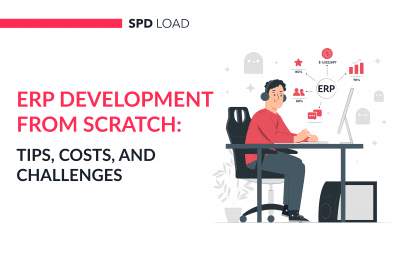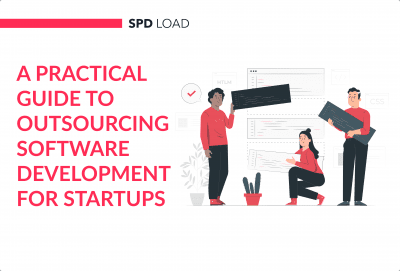How Cloud Migration Discovery Works and Why It’s Important
- Created: Jul 01, 2024
- 7 min
According to a McKinsey report, by the end of 2025, most companies aim to spend $8 out of every $10 on cloud services.
These include private cloud, IaaS, PaaS, and SaaS.
Reaching this goal will need a lot of work from both businesses and cloud providers.
Cloud migration involves transferring applications, infrastructure, data, and other software objects to a cloud environment.
Usually, companies move apps, services, IT resources, and data centers from on-premises servers to the public cloud.
They can transfer the entire infrastructure or just a part of it.
However, cloud migration can also include transferring data and applications from one cloud provider to another.
It is possible to migrate systems as they are or to continue optimizing and modernizing them if necessary.
It is also possible to migrate on-premises servers to the cloud and vice versa.
Cloud migration service is a complex process, and it contains several stages.
These are the discovery phase, planning, migration, optimization, and maintenance phases.
In this article, we discuss the discovery phase and its role in successful cloud migration.
Explore the advantages of cloud-based app development to improve app performance and accessibility.
We are here to help you out with our cloud-based app development and maintenance services!
What is the Cloud Migration Discovery Phase?
The cloud migration discovery process is the first step in moving your data center and applications to the cloud.
This product discovery service is all about understanding your current IT setup and planning the best way to transition to the cloud.
Research from McKinsey & Company shows that although many companies are moving more of their workloads to the public cloud, poor coordination during the migration process is causing problems.
On average companies are spending 14% more than they planned each year on migration. 38% of companies have had delays of more than 3 months in their migrations.
These extra costs add up big time globally.
Over 3 years the extra spend on cloud migration is over $100 billion. If these issues aren’t addressed the costs will result in over $500 billion in lost shareholder value over the same period.
But careful planning and understanding of your existing IT landscape can reduce migration costs by up to 30%.
Before you move to the cloud you should choose the right cloud approach for your business and technical needs. 
Before moving to the cloud, you should choose the right cloud approach according to your business and technical requirements.
Here are seven cloud migration strategies, also known as “7 Rs”:
- Rehost (Lift and Shift) – move applications from on-premises to the cloud with minimal changes. This is the quickest migration path and suitable for applications that don’t need to change to run in the cloud.
- Replatform (Lift, Tinker, and Shift) – make a few tweaks to take advantage of cloud benefits without changing the core app architecture. This might be moving to a managed database service or using a cloud load balancer.
- Repurchase – move to a different product, usually a SaaS solution. Learn more on how to build a SaaS product.
- Refactor (Re-architect) – re-architect and re-develop applications to take full advantage of cloud features. This is the most beneficial but takes the most time and effort.
- Retire – identify applications that are no longer useful and can be turned off. This reduces costs and complexity in the migration process.
- Retain (Revisit) – keep some applications on-premises, at least temporarily, usually because they’re not ready to be migrated. This might be for applications with dependencies that can’t be moved or systems that require high security.
- Relocate – move entire data centers to the cloud without changing the applications.
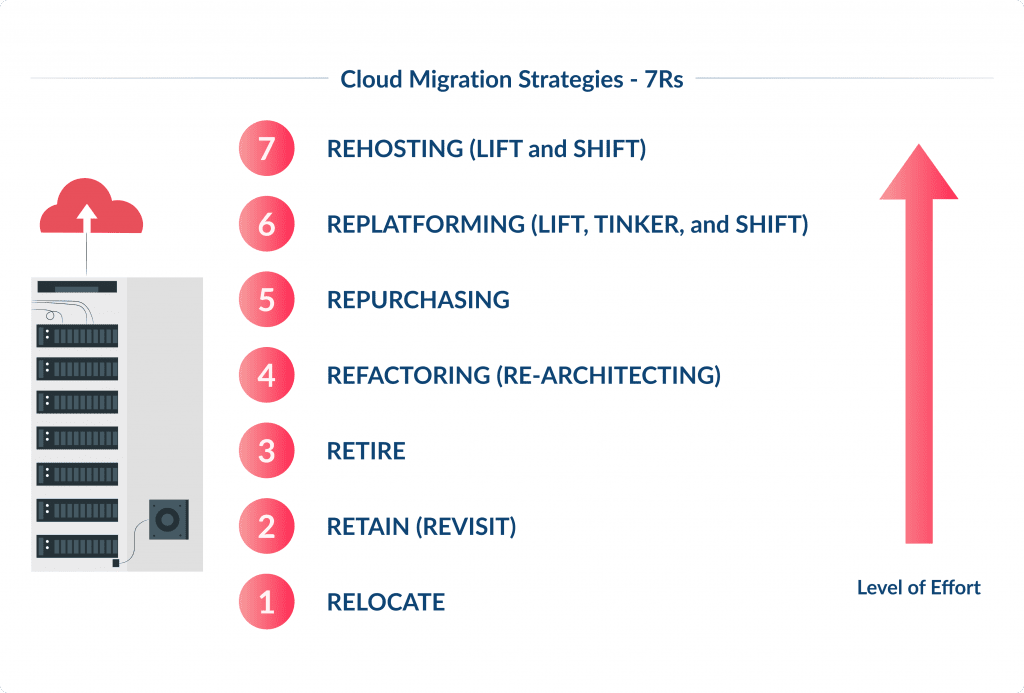
The discovery phase is critical because it helps you determine the best approach for each application.
Knowing your current IT landscape will help you identify which applications can be rehosted, replatformed, repurchased, refactored, retired, retained or relocated.
This phase ensures each application is matched with the right migration approach to minimize risk and optimize performance and cost.
For example, discovery might show some applications can be lifted and shifted with minimal changes while others need infrastructure discovery and re-architecting to use cloud native features.
Supercharge your team with top IT talent
Why is the Cloud Migration Phase Important?
As we’ve mentioned above, the discovery phase is crucial because it lays the groundwork for a successful migration to cloud technology.
Understanding your existing infrastructure and what you need in the cloud can help you avoid surprises and ensure a smooth transition.
This phase helps identify potential risks and plan for them, saving time and money in the long run.
Let’s unwrap some other benefits of this phase of the cloud migration journey.
Business Continuity
The cloud migration phase is crucial because it ensures business continuity.
Properly planning and executing the migration minimizes downtime and disruptions to your operations.
Resource Utilization
Cloud computing migration allows businesses to optimize the way they use their resources.
Businesses can use scalable cloud resources to avoid maintaining expensive on-premises equipment.
For example, Netflix uses cloud services to dynamically scale their streaming services based on demand.
They ensure they provide a seamless viewing experience even during peak times.
This approach helps reduce costs and improves efficiency.
Security and Compliance
The cloud migration phase also helps enhance security and compliance.
Cloud providers often offer advanced security features that comply with industry regulations.
This results in a more secure environment than many on-premises solutions.
For instance, if a healthcare provider migrates their telehealth app to the cloud, it can benefit from robust security measures and compliance with HIPAA regulations.
This step ensures that patient data remains secure and private. Plus, this is critical to maintain customer trust and avoid legal issues.
When privacy matters, these best HIPAA-compliant chat apps are essential for secure communication.
Key Cloud Migration Strategy Steps
To make sure you are well prepared to migrate your application to cloud, you should follow a strategy.
All aspects of the transition should be thoroughly planned and executed.
Here are the key steps involved:
Validate the Discovery Data
The first step in the cloud migration strategy is to validate the discovery data.
You should confirm the accuracy and completeness of the information gathered during the discovery phase.
Ensuring that all data about your current IT infrastructure, applications, and dependencies is correct helps you make informed decisions about the migration process.
Identify the Business and Technical Drivers
Next, identify the business and technical drivers for the migration.
You need to understand the motivations behind moving to the cloud. These are cost savings, scalability, performance improvements, or security enhancements.
Learn about the most impactful cybersecurity trends to safeguard sensitive data and prevent breaches.
It can help you prioritize the migration efforts and align them with the company’s goals.
For instance, an HRMS business looking to expand globally might prioritize applications that benefit most from cloud scalability and availability.
Validate the Migration Strategies
After identifying the drivers, validate the migration strategies.
Evaluate different approaches for moving applications to the cloud, such as rehosting, refactoring, or rearchitecting.
Each application may require a different strategy based on its complexity, dependencies, and importance to the business.
Validate the Migration Patterns
Finally, validate the migration patterns to ensure they fit the organization’s needs.
There are many common migration scenarios, including data migration, application migration, and hybrid migration. Migration patterns provide repeatable solutions for these scenarios.
Businesses must verify these patterns to minimize risk and maximize efficiency by using tried-and-true strategies.
The steps we’ve mentioned here are essential if you want to develop a successful, efficient, and smooth cloud migration strategy. 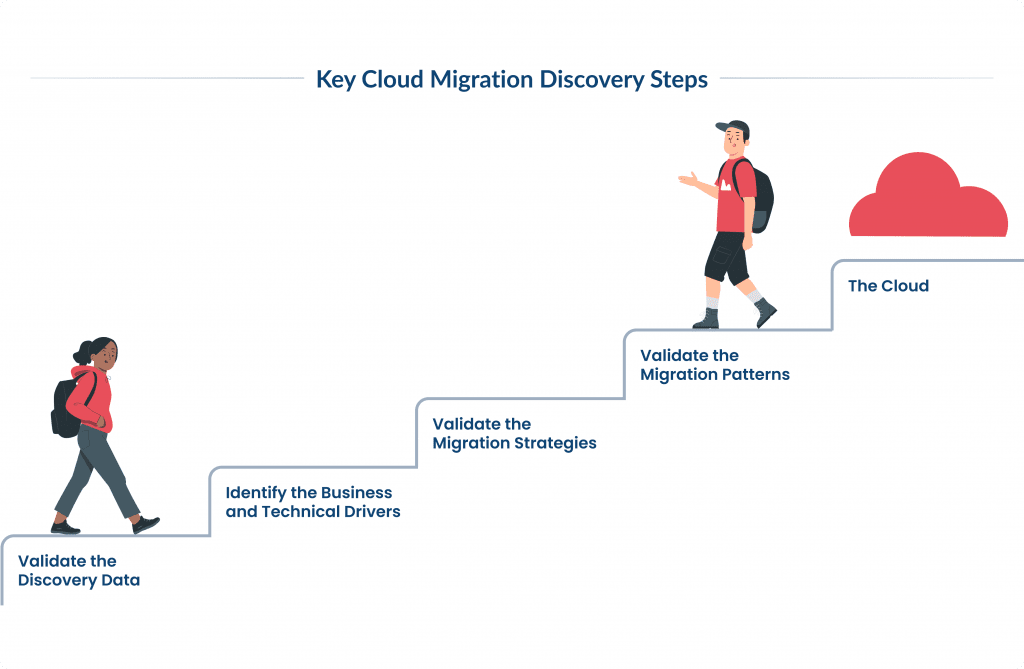
Disaster Recovery in Cloud Migration
Disaster recovery in cloud migration is a set of strategies and processes developed to restore an organization’s critical data and applications quickly.
This ensures business operations can resume promptly in the event of a disaster or cyberattack.
- Data Backup
Creating and storing backups of data in different locations regularly to ensure they’re safe and can be retrieved if the primary data is lost.
- Redundancy
Implementing redundant systems and resources so that if one fails, others can take over without significant downtime.
- Failover Mechanisms
Setting up automatic failover mechanisms to switch operations to a backup system seamlessly in case of a failure.
- Testing and Drills
Regularly testing disaster recovery plans and conducting drills to ensure all team members know their roles and the plan works as intended.
Disaster recovery in cloud migration ensures business continuity and minimizes data loss, enabling organizations to recover quickly from unexpected disruptions.
Keen to Get Started With the Cloud Migration Process?
McKinsey report reveals that as of 2021, companies managed about 35% of their cloud needs with their own staff. By the end of 2024, they hope to increase this to around 50%.
However, there is already a shortage of skilled cloud professionals, and this increased demand will make it even harder to find the right talent.
To address this gap, some companies use external labor, like IT outsourcing companies.
However, problems can arise if the partnership is not well-structured.
For example, a global pharmaceutical company handed over its cloud migration almost entirely to SIs without having strong in-house development expertise.
Because the SIs were paid based on the time they spent rather than their performance, they had little incentive to complete the cloud migration process quickly.
As a result, some projects took longer and cost more than expected.
Partnering up for app development? Here’s what to keep in mind for a productive app development partnership. 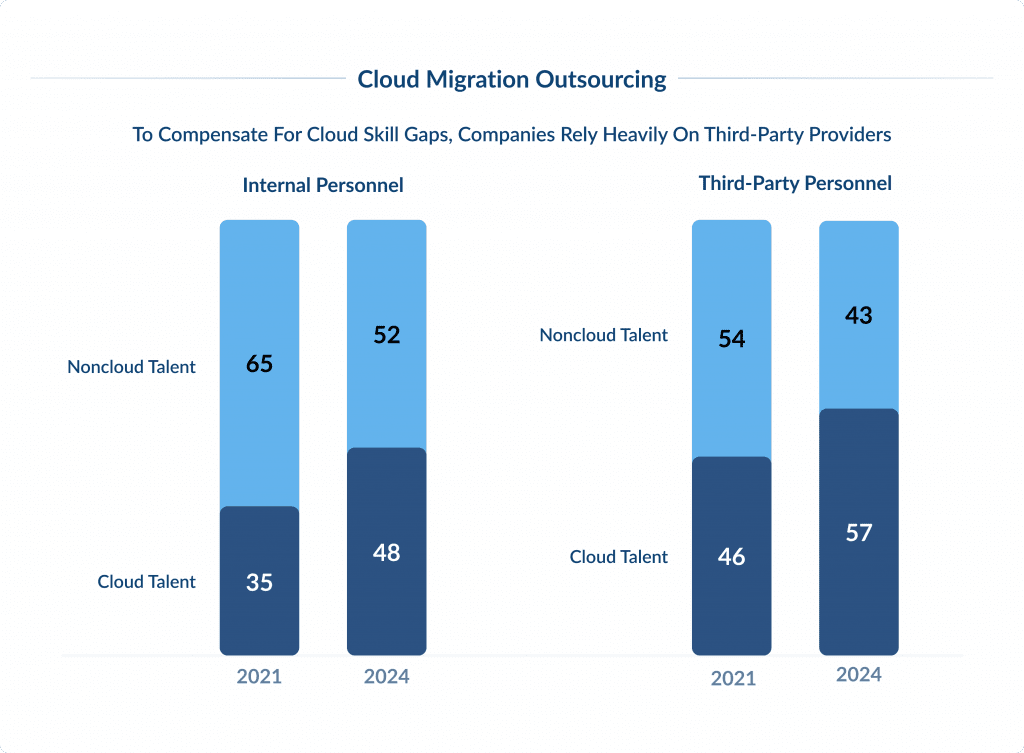
Aside from change management, spending on SIs was one of the most common reasons for cost overruns.
Hence, value creation is a key metric that a reliable cloud service provider should focus on when assisting businesses with cloud migration.
Are you looking for a reliable partner to get started with your cloud migration project?
We are here to help you out.
Our team helps companies of all industries and sizes solve their infrastructure problems through cloud migration.
If you want to learn more about the overall migration process, cloud technology in general, or AWS cloud services, feel free to reach out.
Discover the strengths and weaknesses of Digital Ocean, AWS, and Google Cloud to find your ideal match.
We are here to review your circumstances, needs, and goals to outline the best approach for you, including clear steps to achieve it. Our specialists will be with you every step of the way to ensure your cloud data migration significantly boosts your operations.
Let’s chat!





